Our second Strategic Transport Plan (STP) sets the vision, strategic ambitions and the North’s long term strategic transport priorities up to 2050, creating a consistent framework for our work with government, local transport bodies and delivery bodies.
We recognise that future transport investment programmes must deliver transport decarbonisation, inclusivity, greater biodiversity, and sustainable growth in economic productivity.
This Plan sets out the opportunities and challenges facing the North of England’s economy, people, and communities, and demonstrates how improved transport links can help the North achieve its true potential.
The public consultation on our STP ran from 25 May to 17 August, 2023. Thanks to everyone who submitted their feedback. The final Plan was approved by the TfN Board and submitted to government in March 2024.
The themes of the consultation and how we used the responses to shape our final Plan can be found in our You Said, We Did document.
You can view the full set of consultation questions that featured as part of the consultation here.
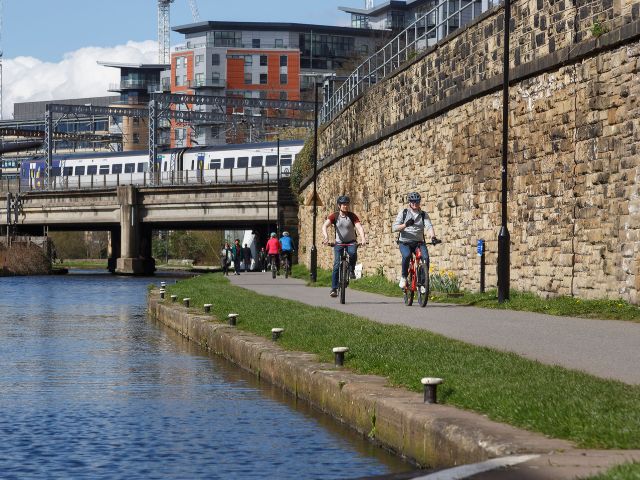
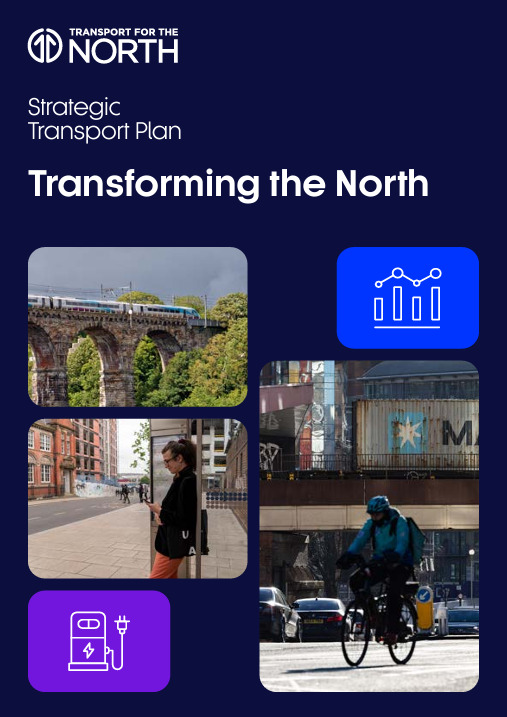
This Plan sets out how better connecting the key economic centres across the North can transform economic performance, open opportunities for people, businesses, and communities, and facilitate the rapid decarbonisation of our transport network while recognising the impact of our transport choices on the environment.
Read the plan
The Monitoring and Evaluation dashboard will monitor TfN’s progress towards the three key ambitions from the Strategic Transport Plan (STP), allowing us to capture our region’s progress towards meeting the North’s ambitions.
Our ambitions are…
•decarbonise surface transport
•transform economic performance
•enhance social inclusion and health in the North
The dashboard presents the 19 headline metrics associated with each of the three key ambitions to help assess progress towards TfN’s pan-regional targets and the vision of the STP.
Use the dashboardOur vision and strategic ambitions have been informed by our extensive evidence base.
The evidence base assembled within this Plan demonstrates how investment in the North’s infrastructure contributes to achieving agreed outcomes on reducing carbon emissions, improving health, and achieving sustainable economic growth.

Our second Strategic Transport Plan (STP) sets the vision, strategic ambitions and the North’s long term strategic transport priorities up to 2050, creating a consistent fra
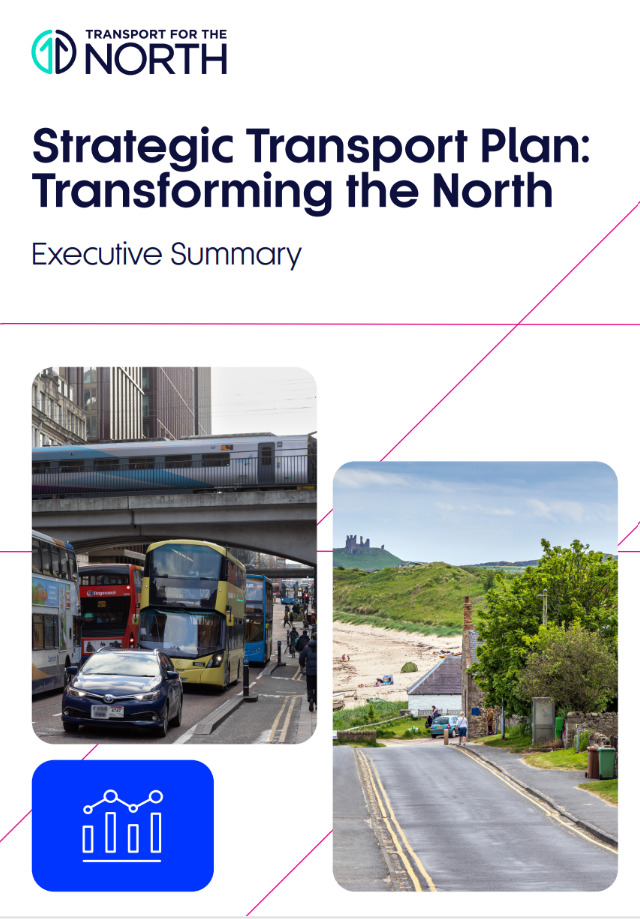
The STP Executive Summary is a shortened version of our Strategic Transport Plan.
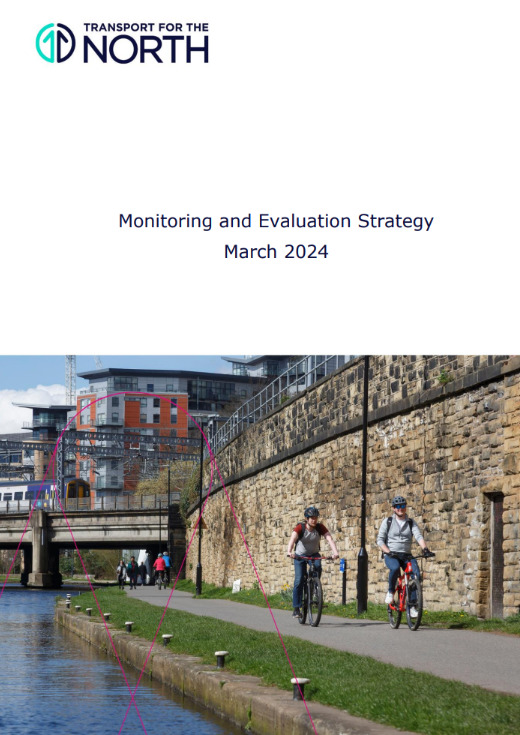
Transport for the North’s (TfN) Monitoring and Evaluation Strategy is a key component of Transport for the North’s STP2 (Strategic Transport Plan 2).
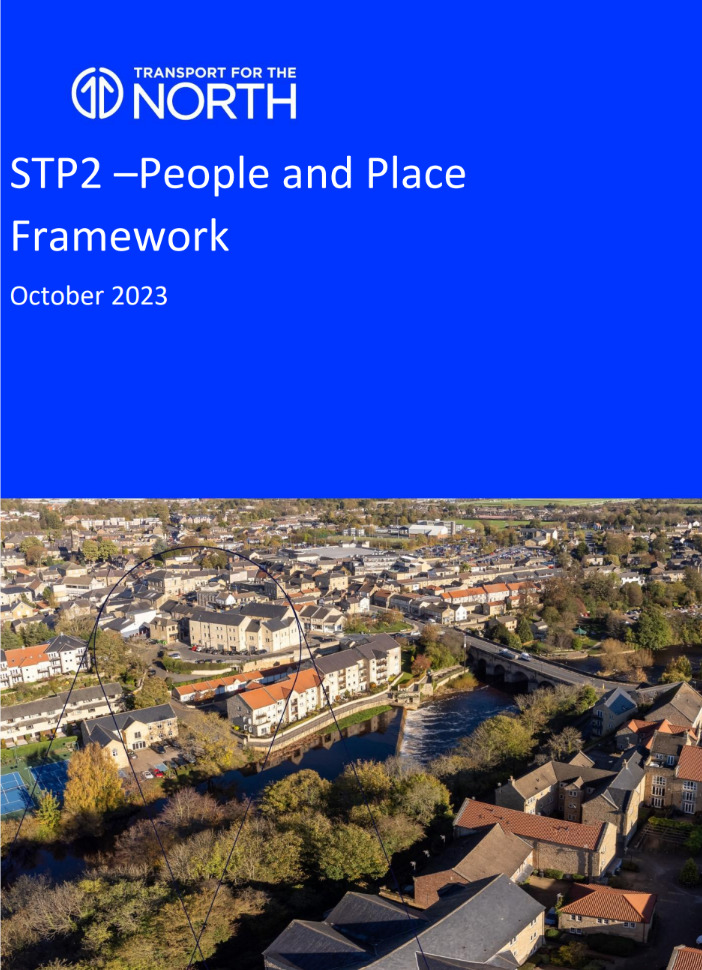
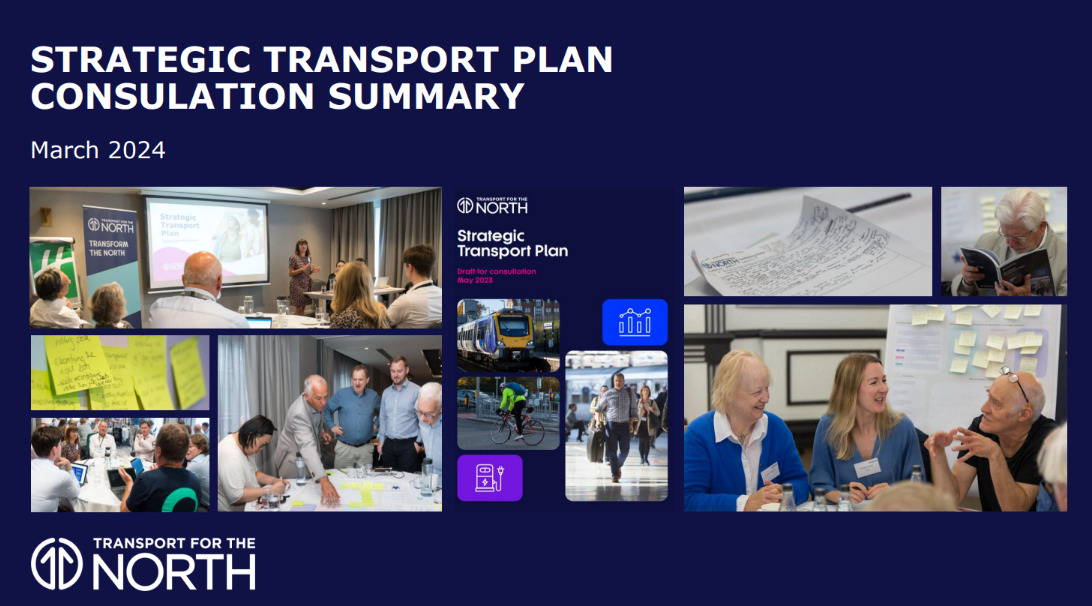
This document sets out what you told us at our Strategic Transport Plan 2 consultation, and how we listened to your feedback.
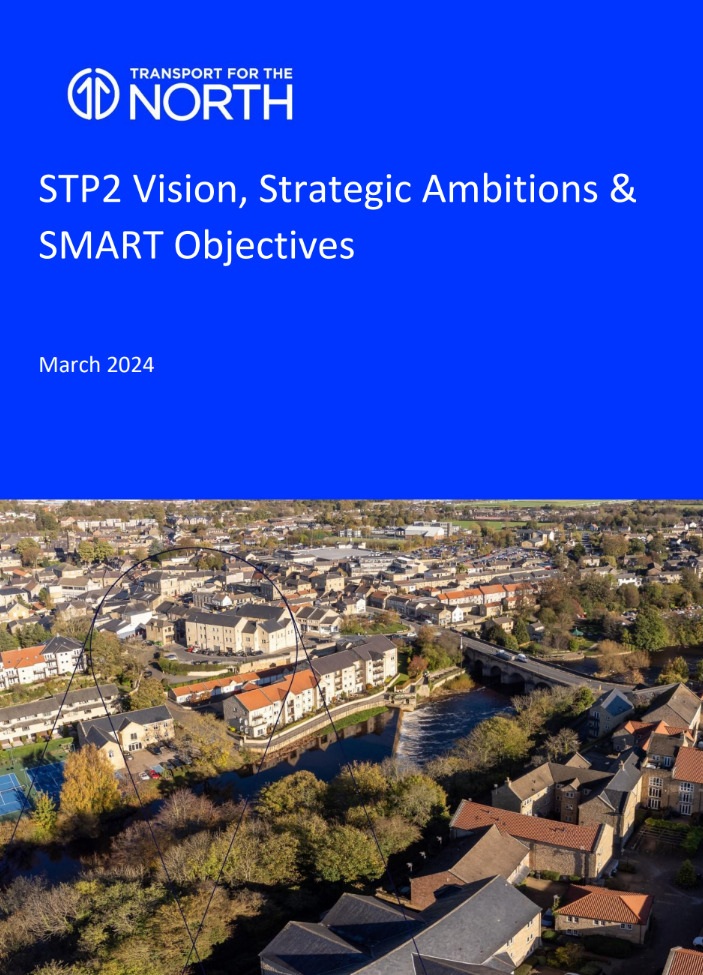
STP2 Vision, Strategic Ambitions & SMART Objectives
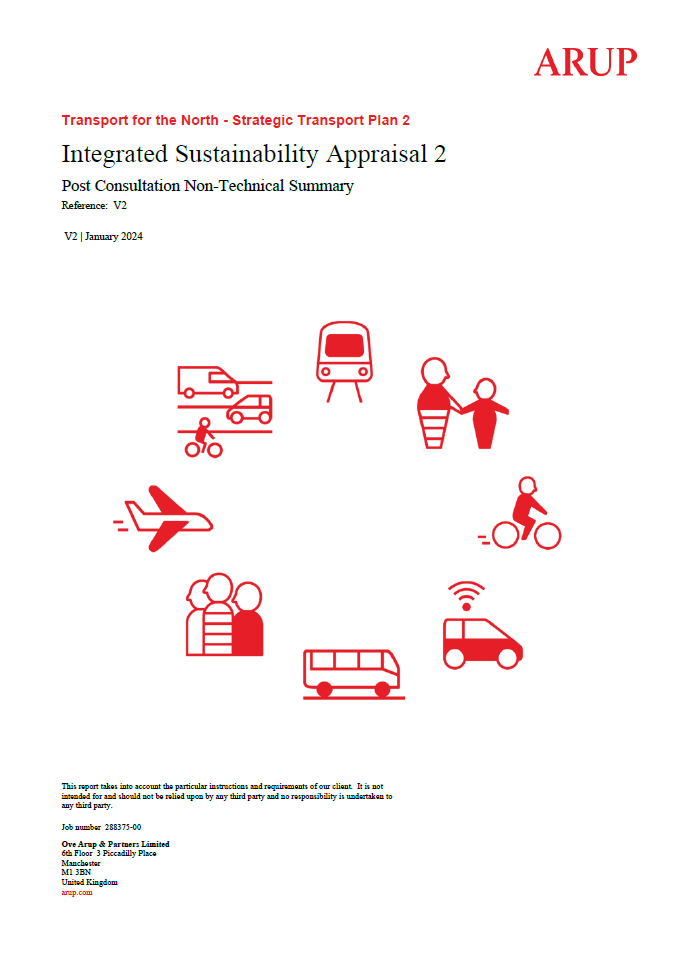
Strategic Transport Plan 2 | Integrated Sustainability Appraisal 2 - Post Consultation Non-Technical Summary
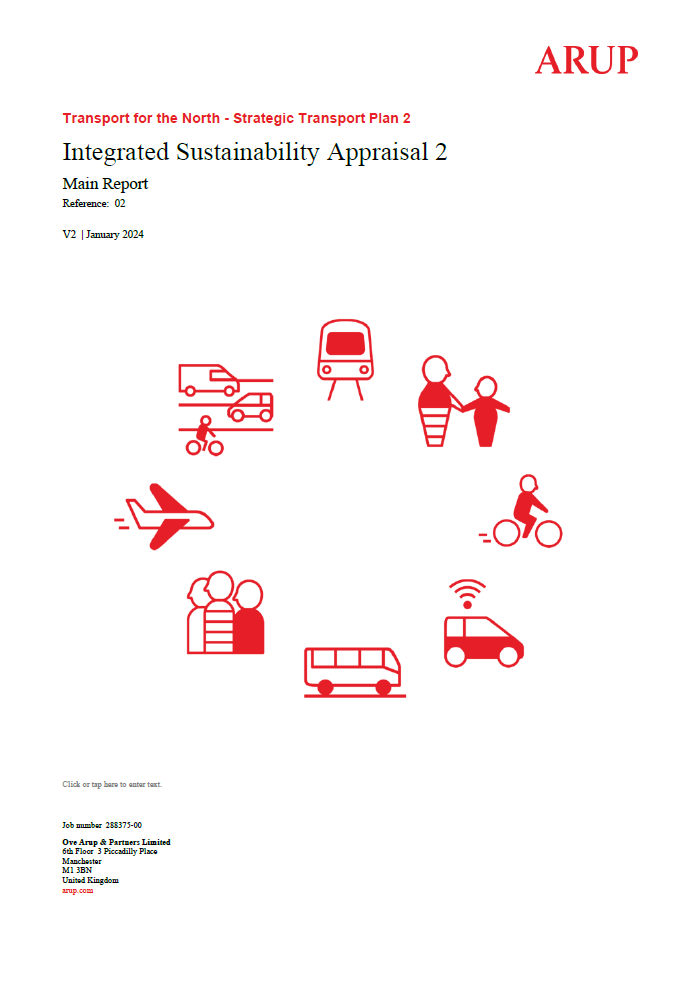
Strategic Transport Plan 2 | Integrated Sustainability Appraisal 2 - Main Report

Strategic Transport Plan 2 | Integrated Sustainability Appraisal 2 - Appendices
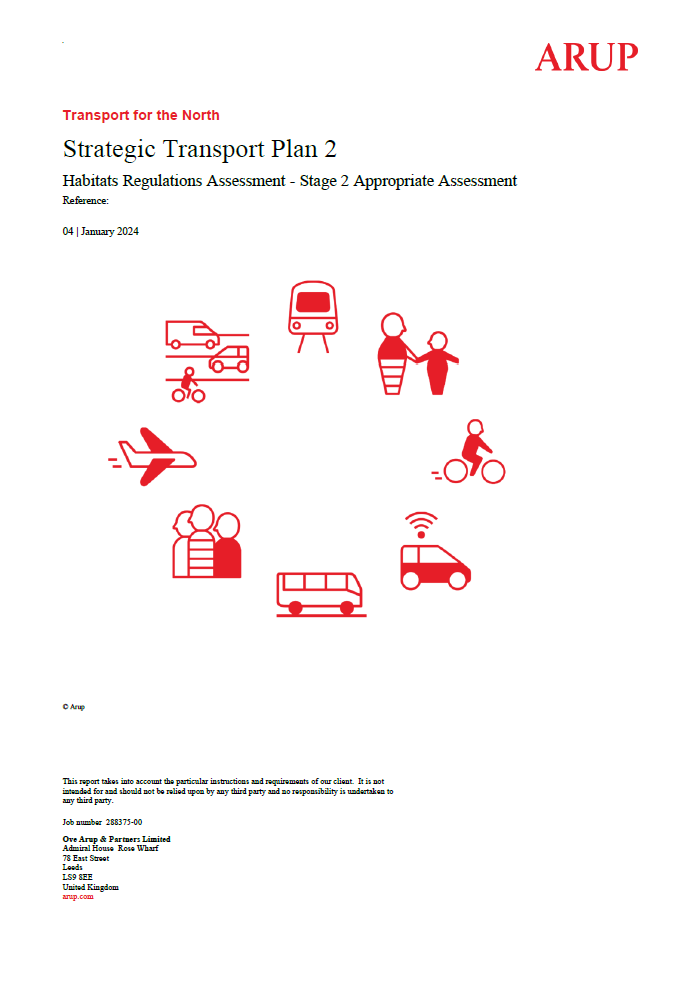
Strategic Transport Plan 2 | Habitats Regulation Assessments Stage 2 Main Report and Appendices
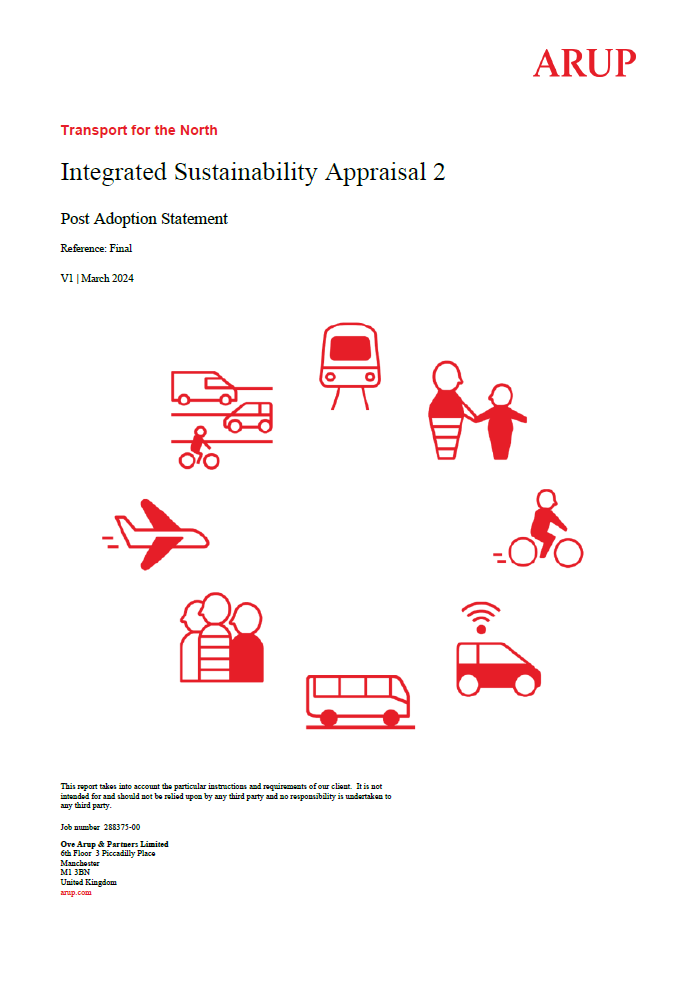
Strategic Transport Plan 2 | Integrated Sustainability Appraisal 2 Post Adoption Statement
The Northern Powerhouse Independent Economic Review of 2016 set out the ambition of closing the productivity gap between the North and the rest of England.
This transformational vision of a future Northern economy in 2050 underpins the economic vision of the Strategic Transport Plan. The 2016 work has now been refreshed to develop the ambition to one of inclusive economic growth that supports the objective to decarbonise the economy.
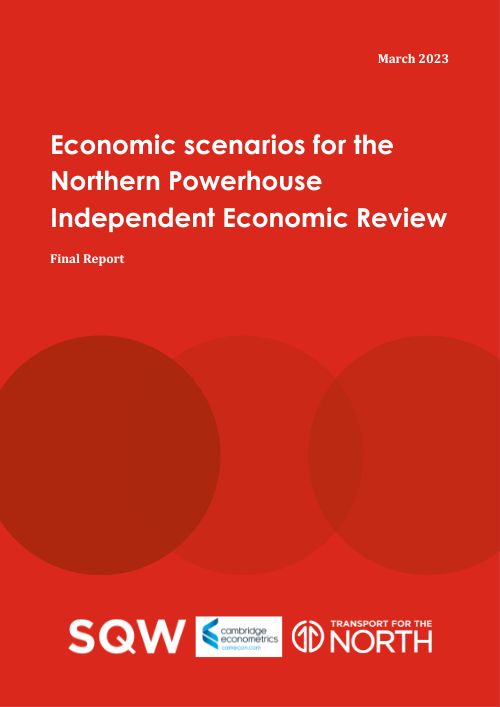
The economic scenarios for the Northern Powerhouse Independent Economic Review outlines the modelling outcomes of six economic scenarios developed with Northern Partners; busi
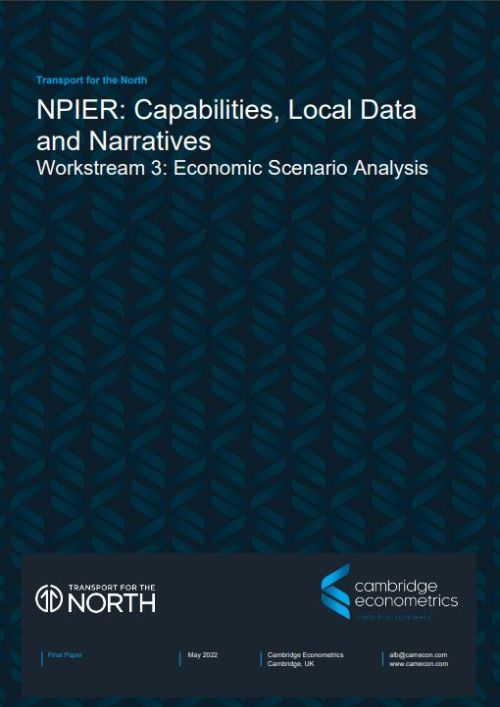
The NPIER: Capabilities, Local Data and Narratives report appraises emerging policy themes in the economic scenario development of Strategic Transport Bodies in the UK and oth
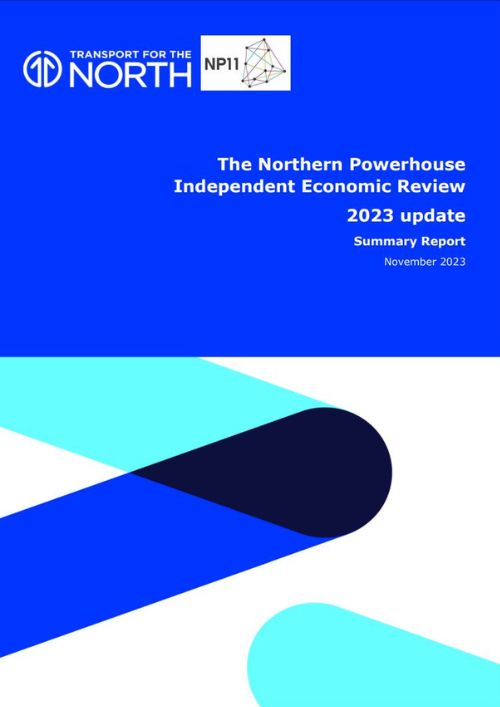
This report summarises the work from the Northern Powerhouse Independent Economic Review (NPIER) update programme, that concluded with the publication of the economic scenario
This Plan builds on the original vision in the 2015 Northern Transport Strategy and our first Strategic Transport Plan published in 2019 of “a thriving North of England, where world class transport supports sustainable economic growth, excellent quality of life and improved opportunities for all” with a renewed focus on decarbonisation and social opportunity.
This Plan uses the evidence, analysis, strategy development and policy thinking we have done since that time.
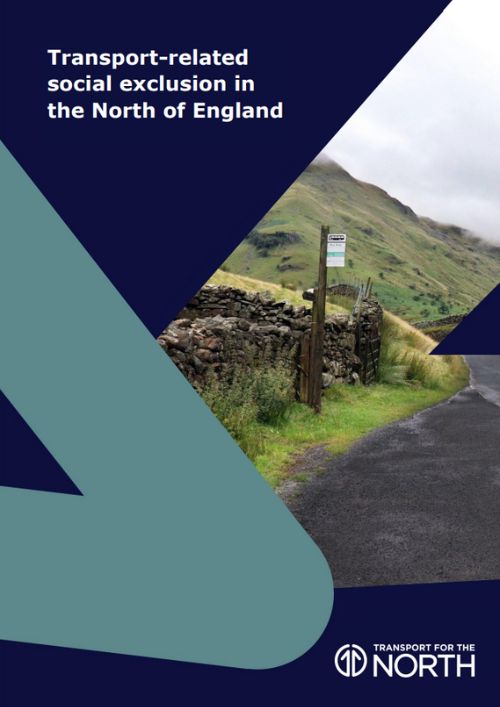
Transport for the North has undertaken research to understand how issues with the transport system in the North leads some people to be socially excluded.
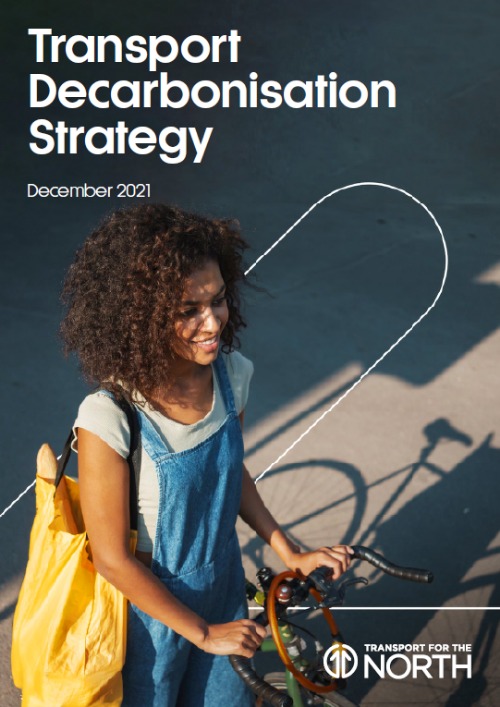
Our Transport Decarbonisation Strategy is the culmination of efforts from TfN and our partners across the North to create the tools, capability and evidence that will help sha
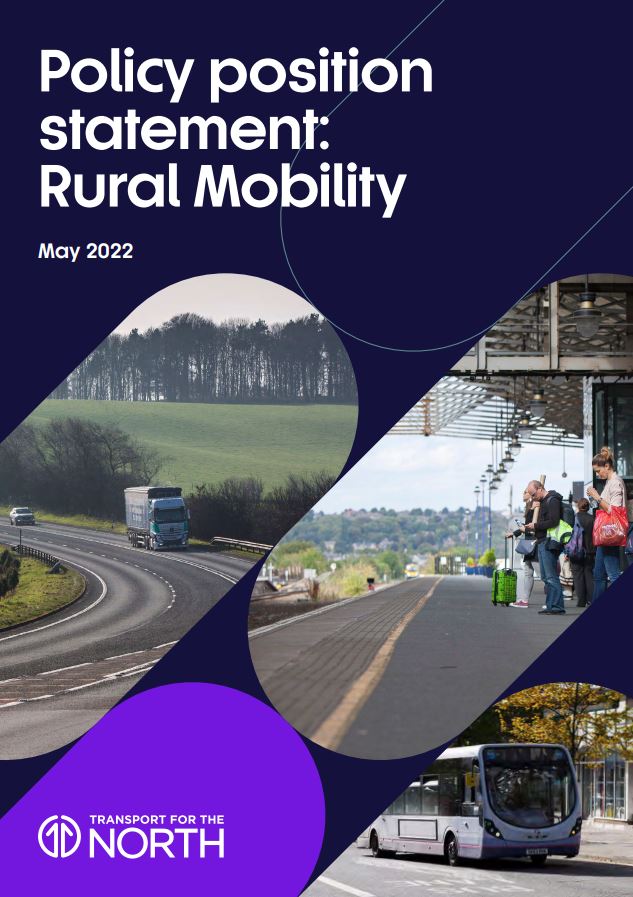
This policy position recognises there are different types of rural areas across the North, and identifies the need for a place-based and targeted approach for individual rural
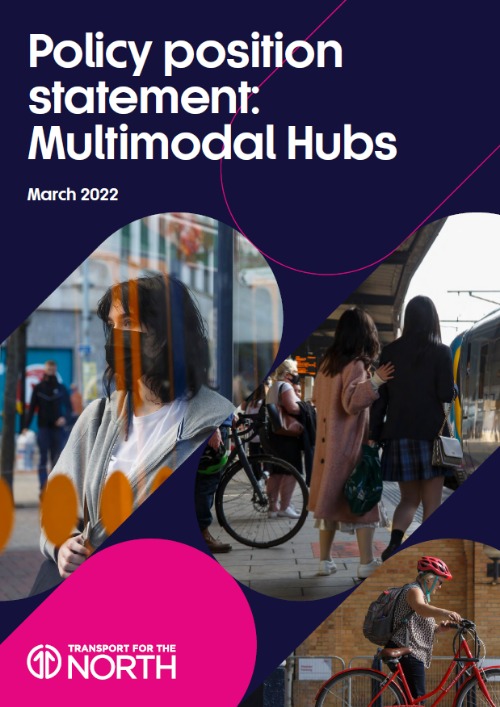
This document identifies the need to join-up transport options across different modes. The potential role of TfN in achieving better integration between Strategic Road Network
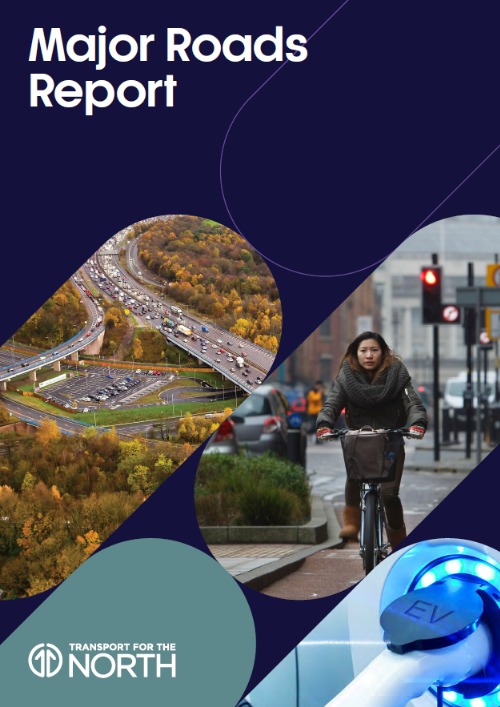
This Major Roads Report sets out the scale of the challenge as we look to enhance their safety and reduce their environmental impact.
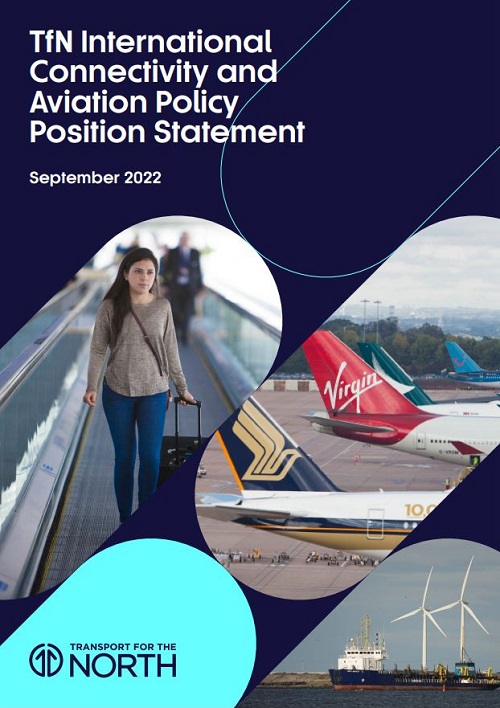
TfN’s position for international connectivity and aviation has been developed in the context of the impact of Covid-19, decarbonising transport, optimising the green econom
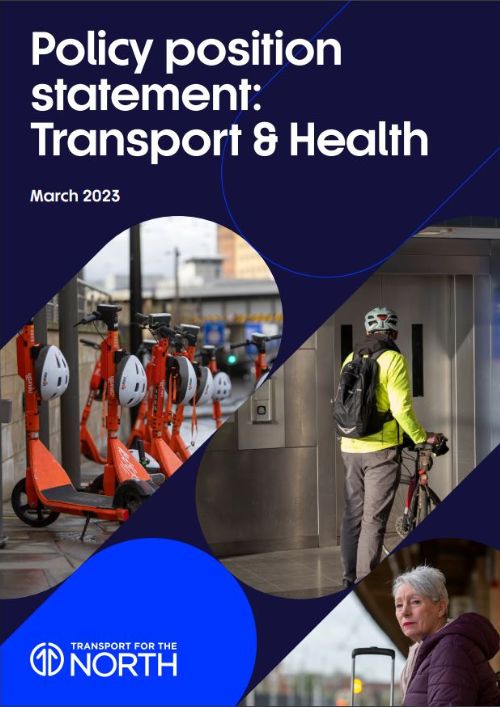
The transport and health policy position sets out the health challenge that exists around the transport system in the North, the links between this challenge and other key pol
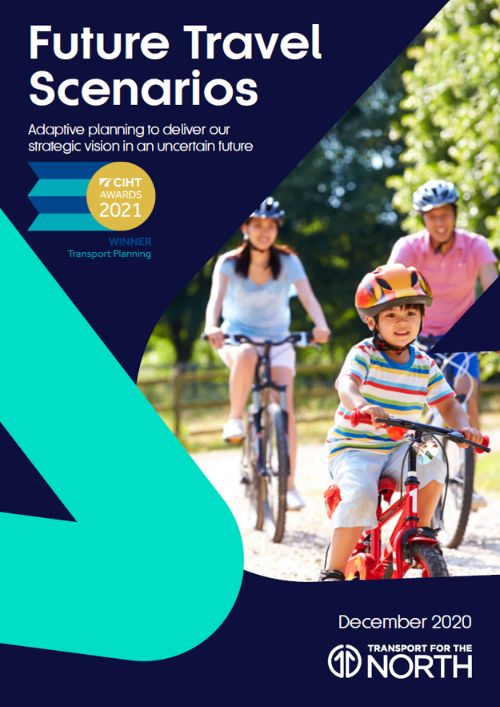
Adaptive planning to deliver our strategic vision in an uncertain future. Scenario planning is used to explore uncertainty about the future, providing enhanced information and
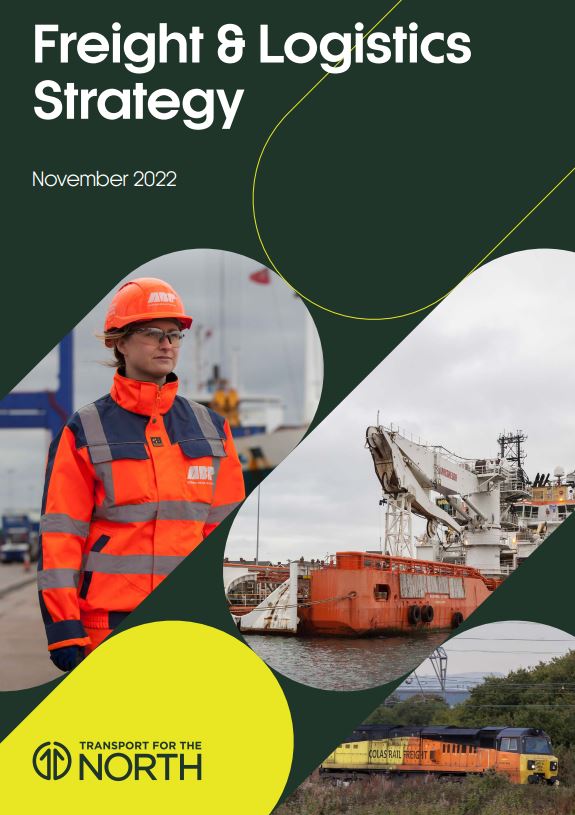
The aim of our Freight and Logistics strategy is to undertake an overarching analysis of freight requirements across road, rail, port and inland waterways in the Transport for
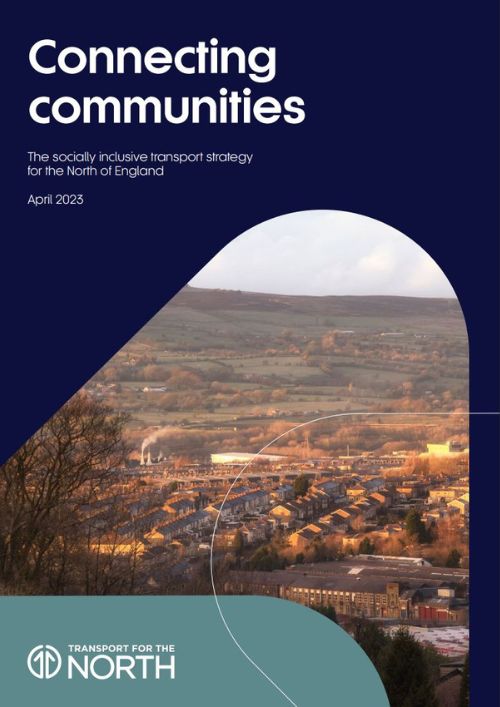
The Connecting Communities strategy sets out Transport for the North's response to the urgent social challenge of transport-related social exclusion. This includes defining ho
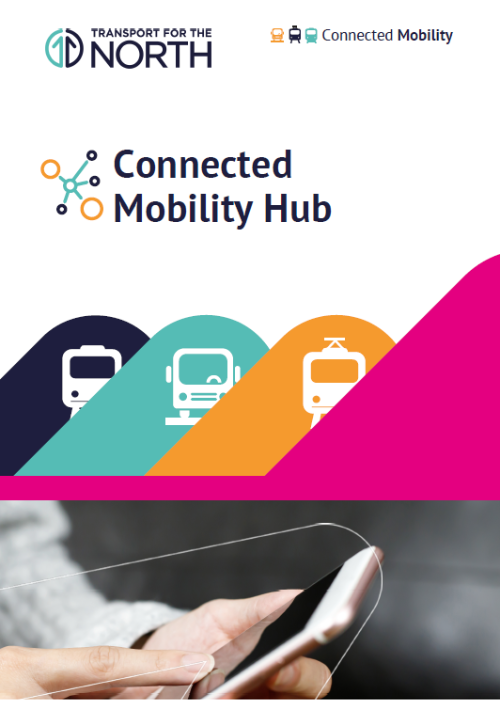
Connected Mobility Hub | providing LTAs with additional specialist capacity to support them in developing and deploying digital and ticketing initiatives.
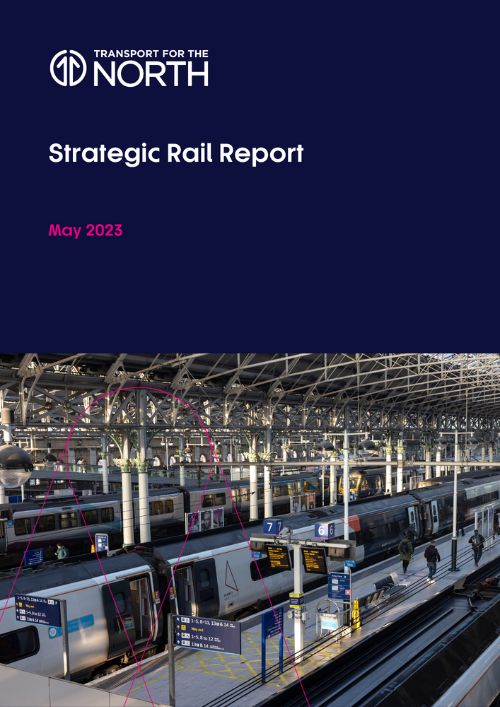
The Strategic Rail Report outlines Transport for the North’s (TfN) vision as to how the rail network in the North of England can serve its required functions, support TfN’

“Our strategic transport plan sets out our advice to government on how best the North, speaking with one voice, thinks we can reach a sustainable, socially inclusive transport network for the future.”
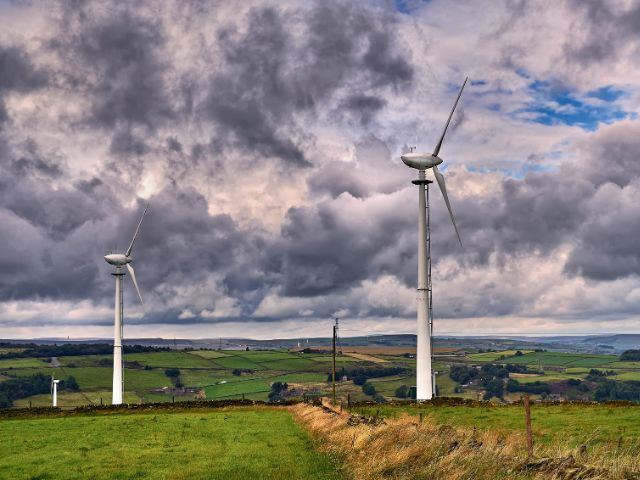
Decarbonisation describes the process of reducing, and ultimately removing, greenhouse gas emissions produced as a by-product of the functioning of an economy.
At Transport for the North, we’re committed to a Northern Transport Decarbonisation Strategy, which recognises the need to focus our efforts on shifting more of our trips in the North onto public transport and active travel, as well as facilitating a rapid vehicle and fuel technology transition, through the projects we undertake and the coalitions we build.
Read moreTransport is vital social infrastructure, providing access to work and education opportunities, key services, community life, leisure, and recreation.
Because of this, inequalities in our transport system contribute to poverty and economic deprivation, inequalities in health and wellbeing, and social isolation.
3.3 million people in the North live in areas with a high risk of social exclusion because of issues with the transport system. Our Connecting Communities Strategy sets out how a targeted set out investments and reforms in the transport system can lift at least 1 million people out of this by 2050.
Read the strategy
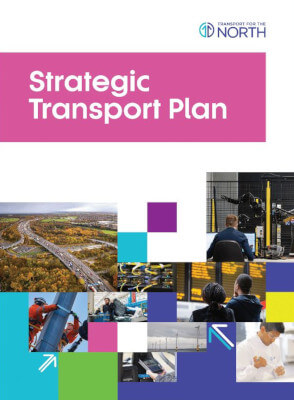
Our first Strategic Transport Plan was publish in 2019.
It was the first time, civic and business leaders from across the North had come together to outline our vision for the future.
Read our first STPCLOSE POPUP [X]